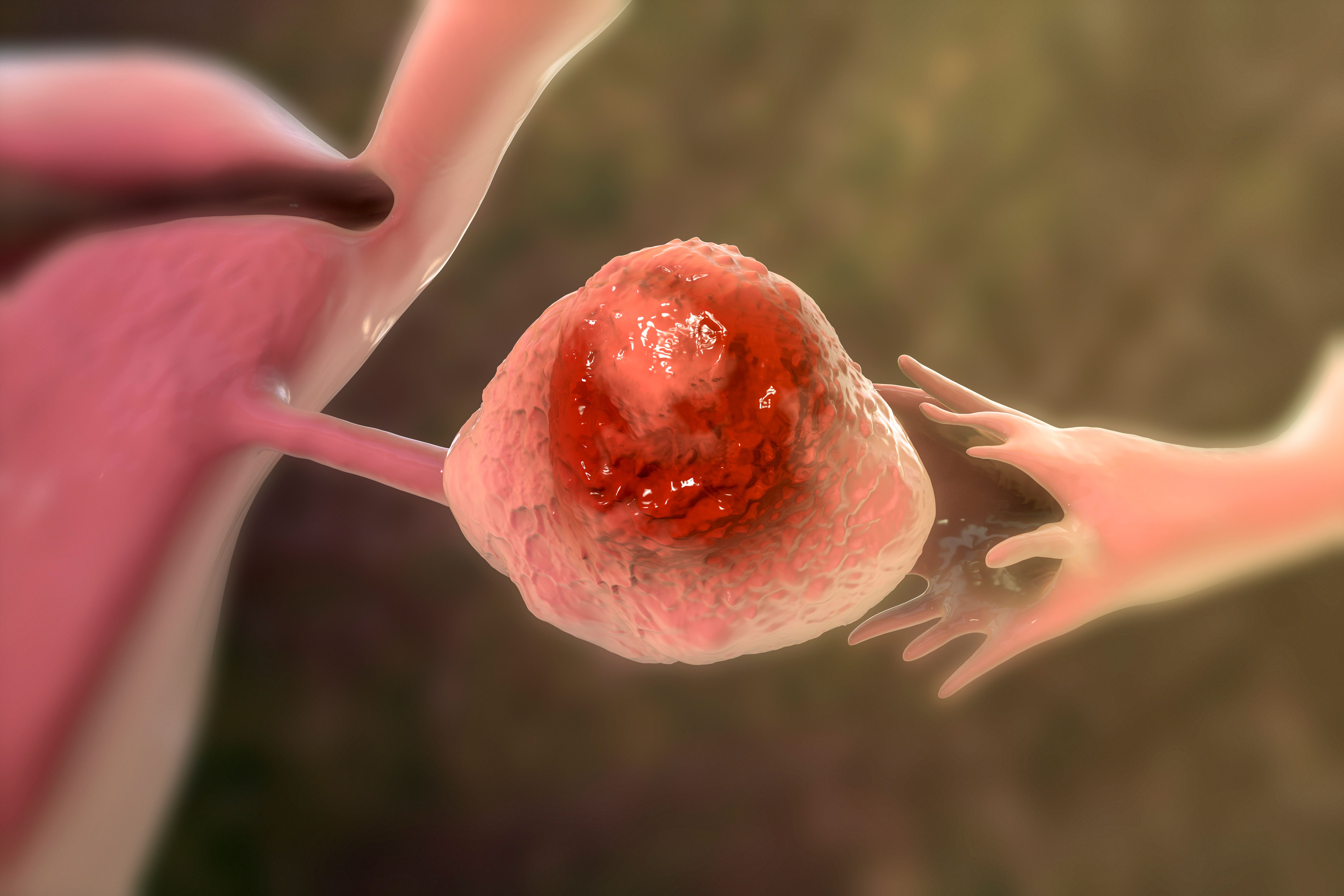Article
Progress Made in Classifying iCCA, but Challenges Remain, Review Says
Author(s):
A dichotomous classification scheme has helped in the intrahepatic cholangiocarcinoma (iCCA) space, but some potential variants require further exploration, the article states.
Recent advances have led to a better understanding of intrahepatic cholangiocarcinoma (iCCA), including the development of a dichotomous classification scheme. However, a new review article on the condition suggests there are still significant questions and controversies that warrant additional study.
The report was published in Human Pathology.
The study investigator said the dichotomous classification system is based on the microscopic appearance of iCCAs.
“Small-duct iCCA is characterized by a mass-forming gross appearance, mucus-poor ductule-like histology, and frequent association with chronic parenchymal liver diseases (eg, cirrhosis),” he wrote. A common example of small-duct iCCA is nodular adenocarcinoma, he added, noting that about half of patients with small-duct iCCA also have a history of liver disease.
Large-duct iCCA, on the other hand, looks similar to perihilar cholangiocarcinoma. It is an infiltrative duct-forming adenocarcinoma with a fibrotic stroma, the author said. Cholangiocarcinoma that develops in patients with primary sclerosing cholangitis is a common example of large-duct iCCA.
In Japan and Taiwan, there is a fairly even split between small-duct and large-duct iCCA cases, with small-duct iCCA comprising a majority (55%) of cases. In Western countries, most cases are classified as small-duct iCCA, although the author said that is likely due in part to inconsistent classification of cases.
Turning toward molecular features, the author said patients with small-duct iCCA tend to have alterations in IDH1/2, BAP1, and FGFR2. Large-duct iCCA is usually associated with mutations of KRAS and SMAD4 or the amplification of MDM2.
“CRP and N-cadherin are commonly expressed in small-duct iCCA, and S100P is a good marker for large-duct iCCA,” he wrote.
There are also several less common variants of iCCA, and they can be difficult to diagnose and easy to misdiagnose. For instance, a tubulocystic variant of iCCA is often mistaken for being a benign neoplasm.
“The malignant nature of neoplastic cells is potentially difficult to conclude in this variant because of low-grade cytological atypia and an inconspicuous desmoplastic reaction; therefore, the possibility of hamartoma is often considered,” he wrote.
Other uncommon variants include mucoepidermoid and enteroblastic variants. However, the author said there are also a number of controversial potential variants that are more difficult to classify, such as biliary adenofibroma. Only 20 cases of this type have been reported in the scientific literature, and it is not yet clear whether the condition is best characterized as a variant of iCCA or just a benign condition.
The new classification scheme, first published in 2017, appears to be widely accepted and ought to become more important as a patient-stratification tool over time, the investigator wrote. Eventually, the classification system can be incorporated into clinical trial design and to guide therapy.
Nonetheless, it is important to keep studying less common types of iCCA.
“An increased awareness of uncommon variants or growth patterns of iCCA is needed to avoid misinterpretations,” he concluded. “Despite recent advances in liver pathology, there are still controversial entities that require large comprehensive studies.”
Reference
Zen Y. Intrahepatic cholangiocarcinoma: typical features, uncommon variants, and controversial related entities. Hum Pathol. Published online June 10, 2022. doi:10.1016/j.humpath.2022.06.001





